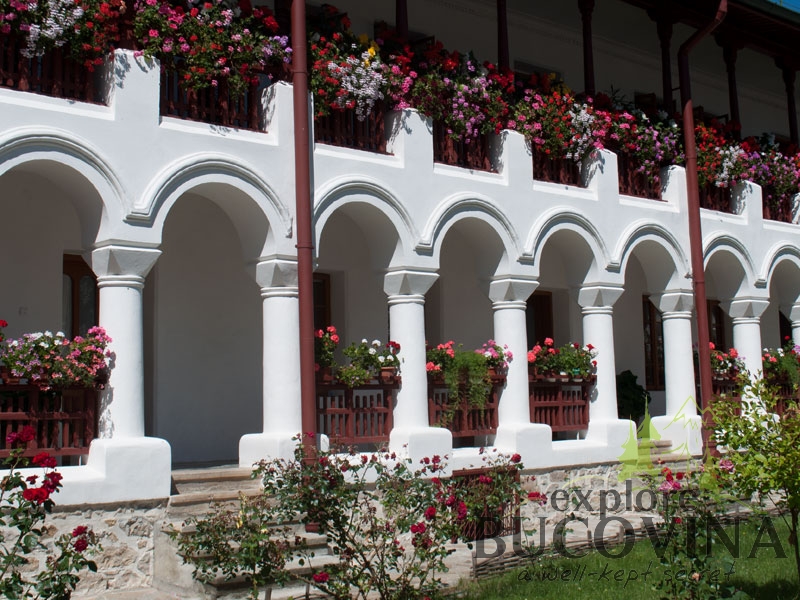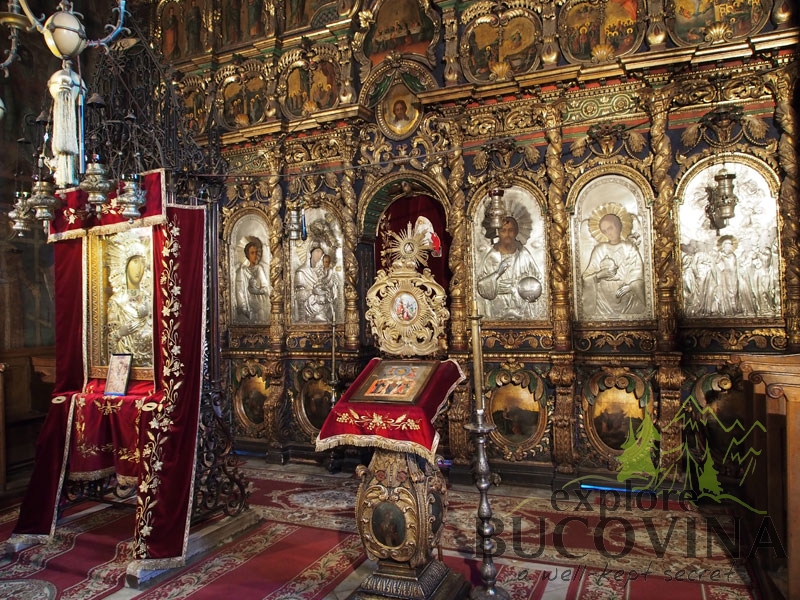
Neamt Monastery Tour
Availability - All year round
Time - 8 hours
Distance - 190 km (round trip)
Group size - from 1 to 7 or private
Price range - 45 - 80 Euro/ person
Itinerary:
Tour description:
The Neamt - Monasteries Tour is a day tour recommended for those who want to explore not only the beauty and the spirituality of Bucovina but olso the fascinating county of Neamt. In Neamt we have the highest density of monasteries in Romania and the highest number of nuns living behind the monasteries walls, almost 300 nuns in Agapia monastery and more than 300 in Varatec monastery, creating entire monastic villages around the main church. In the Neamt tour we will also discover fine art, several works of Nicolae Grigorescu, the most faimos romanian painter and the medieval fortress of Neamt, which played a key role in the medieval defense sistem of Moldavia.
The Neamt - Monasteries Tour is not only about the monasteries and the spirituality but it will also introduce you in the bucolic atmosphere of the romanian countryside with its charming traditional villages, dense forests, spectacular mountain roads and local craftsmen who preserves ancient traditions.
All this in one single day, 200 km and approximately 8 hours.
Price:
80 Euro/Person
Discount for group reservations:
8 persons - 45 Euro/person
6-7 persons - 50 Euro/person
4-5 persons - 60 Euro/person
Other discounts:
- 50% Off discount for children between 7-12 years old.
- Families with children under 7 years old, will need to contact us for a private tour
What's included:
- Licensed english speaking tour guide;
- Private transportation with modern vehicle (AC);
- Pick up and drop off from your hotel.
Not included:
- Lunch;
- Entrance fees;
- Personal expenses.
Optionals:
Remember all our tour can be customized. At this tour you can add other tourist attractions like:
The lordly house is a precious example of laic architecture where the influence of Transylvanian Renaissance emphasized. The inside of Slatina Monastery has a quadrangle, irregular shape. The surrounding walls made of river stones with rocks at the corners, have ramparts and guard road. On the four corners there were placed bastions which show the fact that Slatina Monastery was meant for refuge, resistance and defence.
Tour FAQ:
Is this a private or a group tour?
Usually this is a private tour. However if we have specific requests from our guests we can provide a small group tour or a shared tour.
What time do tours start?
The best time to start this tour is 09.00 am, but we can also start at a mutually agreeded time.
Which are the pick-up and drop-off places?
We can pick-up/dop-off you at your hotel or any other point in Suceava city and not only.
How long does the tour take?
The tour takes approximately 8 hours but we can adapt to fit 100% your individual requirments from 7 to 10 hours.
How should I dress?
There is no formal dress code but try to be respectfully and try to cover your knees and shoulders during the visit at the monasteries.
When do I have to pay?
If you book a day tour you don't have to pay in advance. You just have to inform us about the pick-up place and time and you will pay only when you will start the tour.
What currency can we use?
For our tours we accept both Euro and the local currency known as Leu or Ron, but for all the other expences we recommend to use the local currency.
When is the best time of the year to visit Romania and Neamt county?
We recommend taking advantage of any chance to visit us, since each season is great in its own way to visit Romania and Neamt county.
- Iconostasis at Neamt Monastery – Moldavia – Romania
- Neamt Monastery – Moldavia – Romania
- Agapia Monastery – Moldvaia- Romania
- Handmade rugs made by nuns at Agapia Monastery – Moldavia- Romania
- Nice people admiring nicest flowers at Agapia Monastery – Moldavia – Romania
- Our guide with his guests – Moldovita Monastery, Bucovina – Romania






